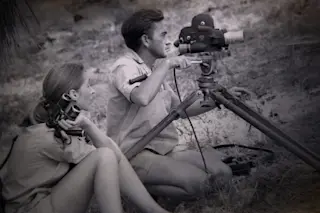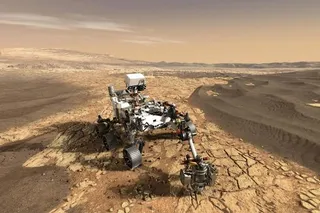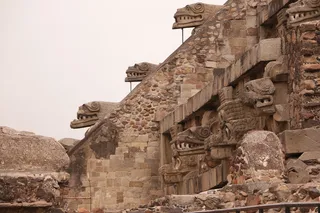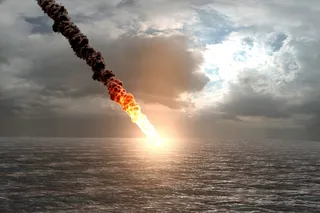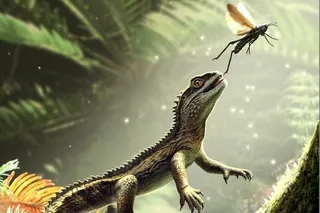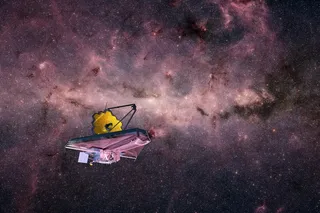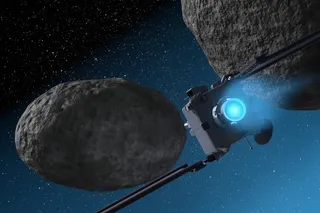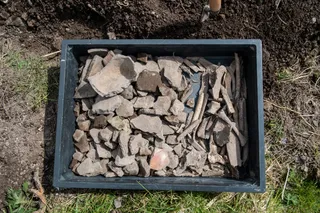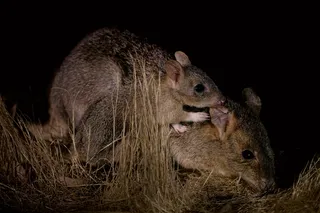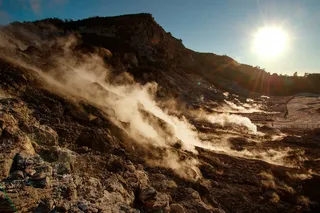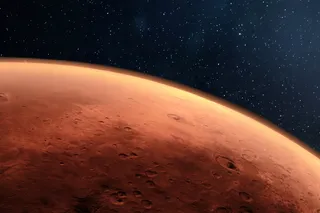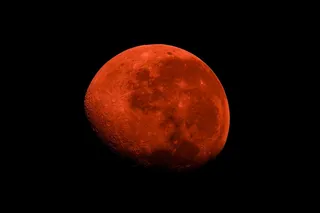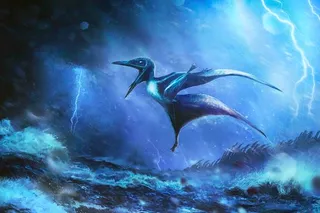Jane Goodall at Gombe with Hugo van Lawick and his omnipresent camera. (Credit: Jane Goodall Institute) During the 1960s, humanity's place in the universe changed dramatically as Soviet and American astronauts ventured off the planet and (for the Yanks, at least) onto the surface of the Moon. During those same years, humanity's place on Earth changed rather dramatically, too, as scientists took a closer look at our primate relatives and discovered that they are a lot more like us--far more complex and sophisticated--than anyone had suspected. One of the scientists most responsible for the latter revelation was not, by traditional standards, a scientist at all. Jane Goodall was all of 26 when she arrived at the Gombe Stream in Tanzania in 1960 to study the local chimpanzees. She had no college degree, no formal stamp of high academia. What she had was extraordinary perception, persistence, and a lack of blinding ...
An Astonishing Return to Jane Goodall's Chimp Eden
Explore the captivating Jane Goodall documentary that reveals her groundbreaking work and transformative journey in Gombe, Tanzania.
More on Discover
Stay Curious
SubscribeTo The Magazine
Save up to 40% off the cover price when you subscribe to Discover magazine.
Subscribe

